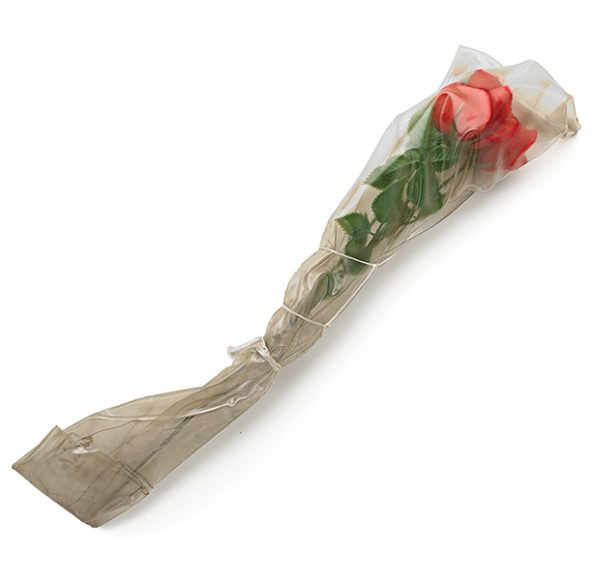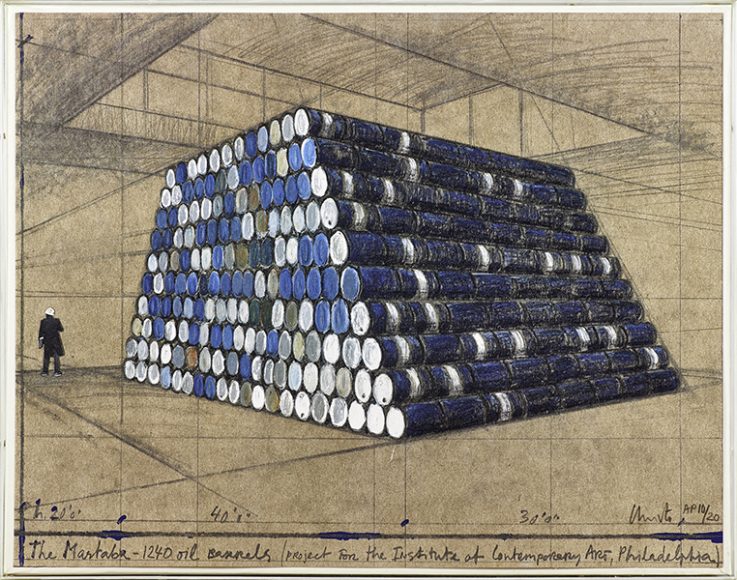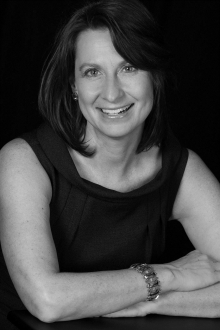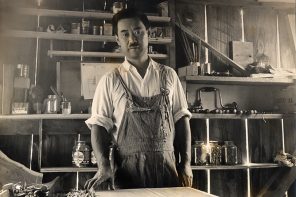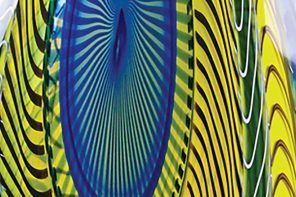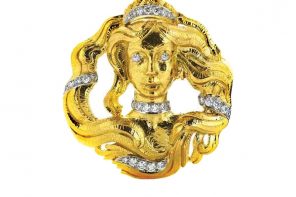The artists Christo and Jeanne-Claude were destined to be partners in work and life.
Jeanne-Claude, who died in 2009, once said that her life started the day she met Christo. Together, they created grand-scale works of art seen and enjoyed by millions, works that could be said to be as fleeting as a romance.
As if united from the beginning, Christo Vladimirov Javacheff and Jeanne-Claude were born on the same day — June 13, 1935. While Christo endured the hardships of the Second World War and postwar Eastern bloc privations in his native Bulgaria, the Moroccan-born Jeanne-Claude grew up the child of privilege in North Africa, France and Switzerland, the daughter of a society woman and stepdaughter of a wealthy, influential French general.
A talented artist, Christo studied art at the Sofia Christian Academy before escaping to Vienna and later settling in Paris. There, Christo was isolated by his refugee status and his limited financial and linguistic abilities. He made a living painting portraits, a vocation that he detested.
But it was as a portrait painter that Christo met Jeanne-Claude, when he was commissioned to paint a portrait of her mother. In spite of Jeanne-Claude’s engagement and marriage to another, she fell in love with Christo. Much to her family’s dismay, Jeanne-Claude left her husband after she discovered she was pregnant with Christo’s child.
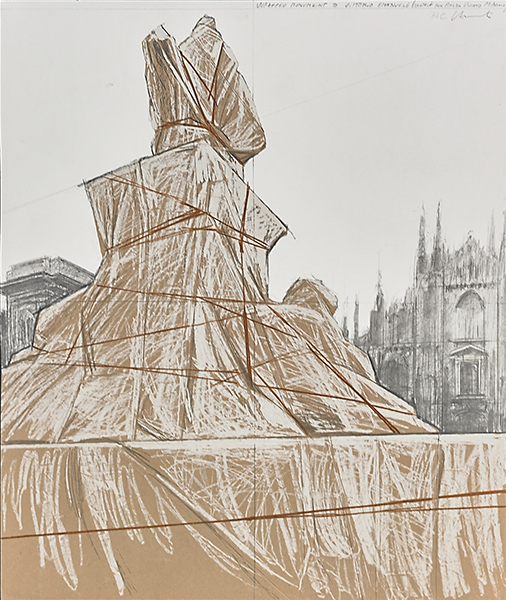
The artwork that Christo wanted to produce involved wrapping objects with fabric or clear plastic — ranging in scale from a shoe to a motorcycle to a building. This medium forced the viewer to reexamine the object. While the fabric conveyed some of the object’s features and proportions, it masked the object itself. When Christo and Jeanne-Claude moved to New York in 1964, Christo produced a series of show windows and storefronts, draping discarded architectural elements with fabric or paper.
The large-scale, ephemeral works for which they are best-known first came to life in the early 1960s. In 1962, “Rideau de Fer (Iron Curtain”) gained notice when Christo and Jeanne-Claude used oil barrels to block off a small street in Paris to protest the building of the Berlin Wall. Over the years, Christo and Jeanne-Claude have wrapped the Pont Neuf in Paris (1985) and the Reichstag (1995) in Berlin, run a fabric fence some 25 miles in length in Sonoma and Marin counties, California, (1976), surrounded a group of islands in Miami’s Biscayne Bay with hot pink fabric (1983) and, closer to home, erected more than 7,500 saffron-colored fabric gates in Central Park (2005). Although this work was always collaborative, it was not until 1994 that the couple acknowledged Jeanne-Claude’s role. While Christo drew the illustrations, Jeanne-Claude served as spokesperson for and organizer of these massive projects.
And what was the purpose of these works, whose existence lasted no more than a few weeks? Jeanne-Claude has said they wanted to, “create works of art of joy and beauty, which we will build because we believe it will be beautiful,” and Christo reflected on the temporary nature of the works, saying: “I am an artist, and I have to have courage …Do you know that I don’t have any artworks that exist? They all go away when they’re finished. Only the preparatory drawings, and collages are left, giving my works an almost legendary character. I think it takes much greater courage to create things to be gone than to create things that will remain.”
The bureaucratic and financial costs of these mammoth artworks were borne by the artists. The sale of charcoal and pastel drawings and collages were used to finance the projects and are all that remain of these temporary spectacles.
It is these preparatory works that are the most commonly found on the market and are the most accessible. At auction, lithographs sell from a few hundred to a few thousand dollars, while signed mixed-media works can exceed $100,000. Christo’s wrapped objects and storefront projects fetch even more, with some pieces realizing more than half a million dollars. According to Meredith Hilferty, director of Rago Arts and Auction’s Fine Arts Department, these works are particularly desirable precisely because of their ultimate elusiveness.
For more of Christo and Jeanne-Claude and others romantic collaborators, see Veronica Kavass’ “Artists in Love: From Picasso & Gilot to Christo & Jeanne-Claude, A Century of Creative and Romantic Partnerships.”
Jennifer Pitman, a Westchester resident, writes about the jewelry, fine and decorative arts she encounters as Rago Arts and Auction’s senior account manager for Westchester and Connecticut. She can be reached at jenny@ragoarts.com or 917- 745-2730.


